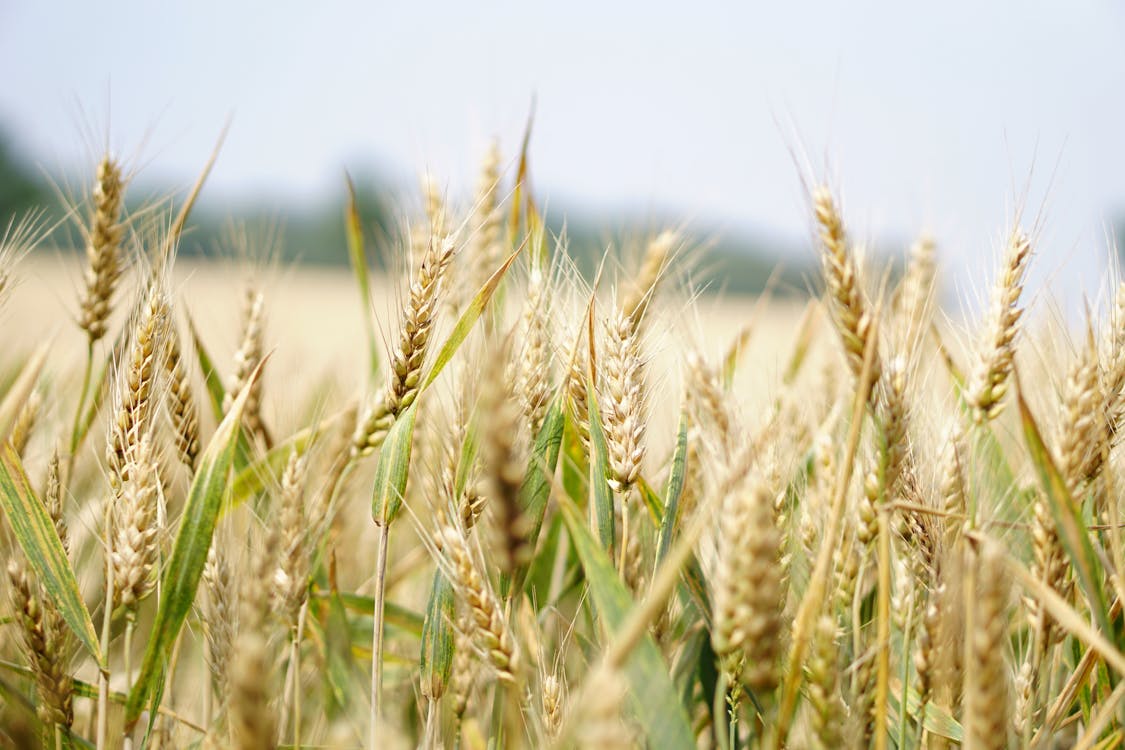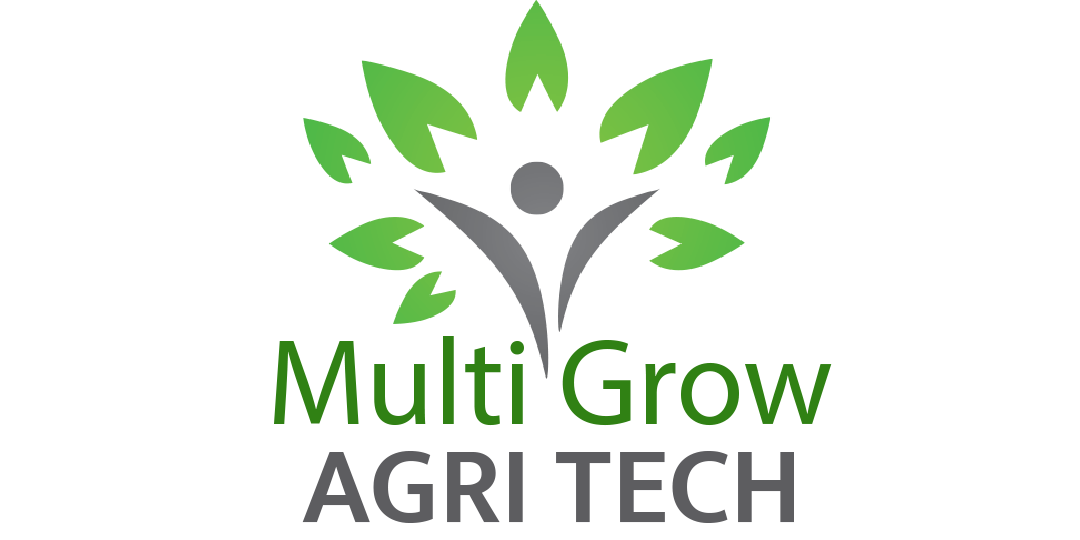Need Help?
+92 (000) -9630
Harvest
Harvesting is the process of collecting plants, animals, or fish (as well as fungi) as food, especially the process of gathering mature crops, and “the harvest” also refers to the collected crops. Reaping is the cutting of grain or pulses for harvest, typically using a scythe, sickle, or reaper.[2] On smaller farms with minimal mechanization, harvesting is the most labor-intensive activity of the growing season. On large mechanized farms, harvesting uses farm machinery, such as the combine harvester. Automation has increased the efficiency of both the seeding and harvesting processes. Specialized harvesting equipment, using conveyor belts for gentle gripping and mass transport, replaces the manual task of removing each seedling by hand.[3] The term “harvesting” in general usage may include immediate postharvest handling, including cleaning, sorting, packing, and cooling.
The completion of harvesting marks the end of the growing season, or the growing cycle for a particular crop, and the social importance of this event makes it the focus of seasonal celebrations such as harvest festivals, found in many cultures and religions.

Latest variety for wheat:

Latest variety for Sugarcane:
Sugarcane is a most important cash crop of India. It involves less risk and farmers
are assured up to some extent about return even in adverse condition. Sugarcane provides
raw material for the second largest agro-based industry after textile. The sugar industry is an
instrumental in generating the sizable employment in the rural sector directly and through its
ancillary units. It is estimated that about 50 million farmers and their dependents are
engaged in the cultivation of sugarcane and about 0.5 million skilled and unskilled workers
are engaged in sugar factories and its allied industries. The sugar industry in India has been
a focal point for socio-economic development in the rural areas by mobilizing rural
resources, generating employment and enhancing farm income.

Let’s grow naturaly and live naturaly
Suspendisse finibus urna mauris, vitae consequat quam vel. Vestibulum leo ligula, molestie ullamcorper vulputate vitae sodales commodo nisl. Nulla facilisi. Pellentesque est metus many of some form.
Best vegetables for your healthy hair
Suspendisse finibus urna mauris, vitae consequat quam vel. Vestibulum leo ligula, molestie ullamcorper vulputate vitae sodales commodo nisl. Nulla facilisi. Pellentesque est metus many of some form.
